List 1 of the “A taste of research” series was inspired by a post on social media (details changed to protect the poster) by an individual who wanted to know how to get supervised experience while teaching 3rd grade in a public school setting. Based on the post it seemed like this teacher, and some of those that responded, thought the only way to get supervised experience was to work with individuals with autism receiving discrete trial instruction or naturalistic environment training. Here are some great examples of how behavior science can be used to address student behavior in general education classrooms (I was supposed to keep the list to three articles, but it was so hard to choose between them I decided to list four).
ABA in General Education Settings
Austin, J. L., Groves, E. A., Reynish, L. C. and Francis, L. L. (2015). Validating trial-based functional analyses in mainstream primary school classrooms. Journal of Applied Behavior Analysis, 48, 274–288. doi:10.1002/jaba.208
Cavanaugh, R. A., Heward, W. L. and Donelson, F. (1996). Effects of response cards during lesson closure on the academic performance of secondary students in an earth science course. Journal of Applied Behavior Analysis, 29, 403–406. doi:10.1901/jaba.1996.29-403
Hine, J. F., Ardoin, S. P. and Foster, T. E. (2015). Decreasing transition times in elementary school classrooms: Using computer-assisted instruction to automate intervention components. Journal of Applied Behavior Analysis, 48, 495–510. doi:10.1002/jaba.233
Narayan, J. S., Heward, W. L., Gardner, R., Courson, F. H. and Omness, C. K. (1990). Using response cards to increase student participation in an elementary classroom. Journal of Applied Behavior Analysis, 23, 483–490. doi:10.1901/jaba.1990.23-483
Let me know what you think!
Happy reading-
Adrienne
Remember, the lists I post as part of this series are not all inclusive. They provide a sampling of the type of work one can do as a behavior analyst/scientist outside the field of autism intervention.
Disclaimer: It is not too late to work with other populations if your training is with individuals with autism. Quite the contrary, we need more behavior scientists in other settings. If you do go to work in a public school setting or a eldercare setting or any other setting for that matter, make sure you form a relationship with a mentor who has worked in that setting for a minimum of 5 years or is otherwise deemed competent in the area you would like to provide services in (for more on this see the BACB Professional and Ethical Compliance Code Section 1.02) ). There is so much to learn and reading journal articles alone won’t teach it to you! The articles that I will include in each week’s list are meant to pique your interest in other areas, not serve as substitute for intensive study and additional training, mentorship, or supervision.





